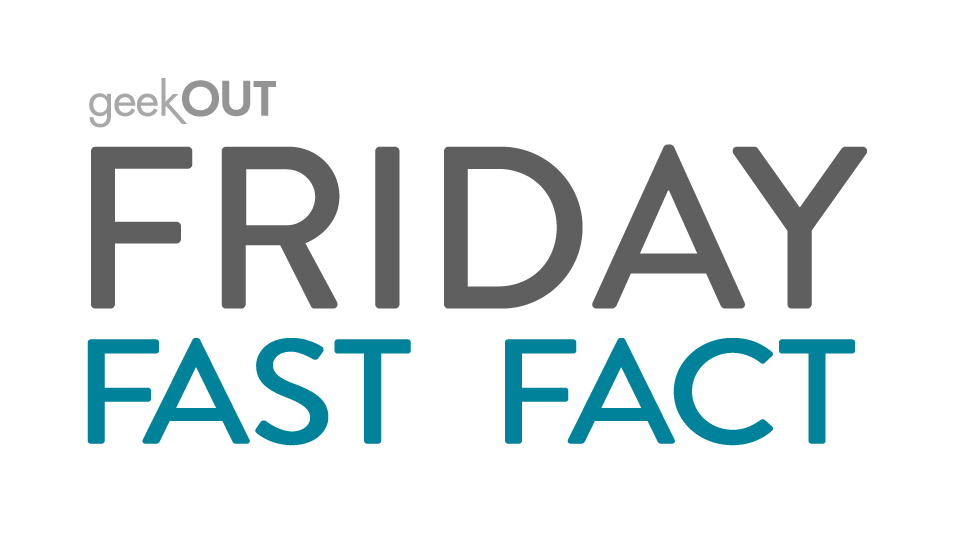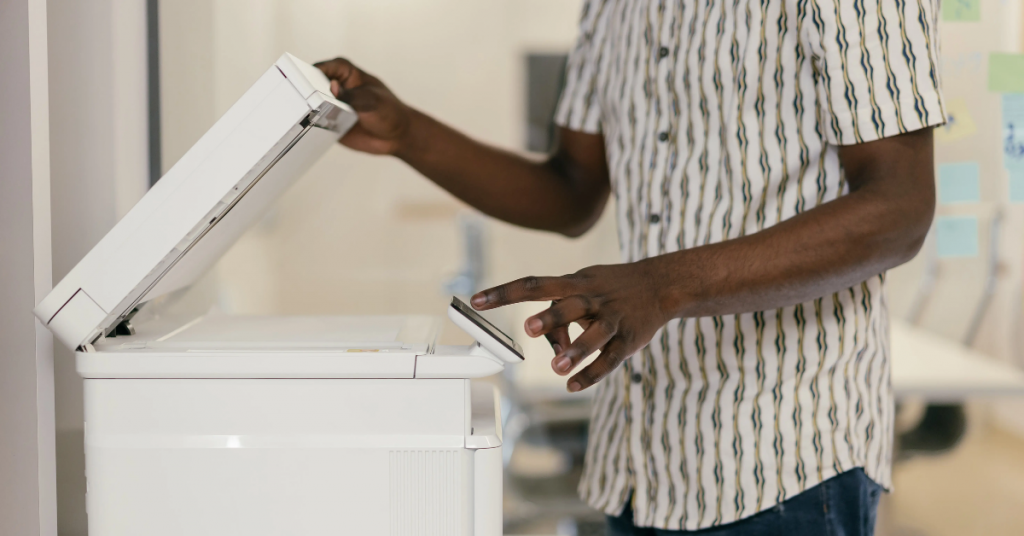Friday Fast Fact | On This Day in History Sept. 16th

Some brands are so well established and recognized that their name has become synonymous with the product itself. For bandages, they’re often simply called Band-Aids.

For flavored gelatin, Jell-o. And in the world of making copies, the brand name Xerox is used conversationally the same way, sometimes even being used to describe the action itself – “I’ll Xerox that for you”.
Though their usage has declined as the world heads toward a more paperless future, photocopiers have been a staple of nearly every office setting for decades. First invented in Queens, NY by Chester Carlson in 1938, the photocopier was designed to make use of a dry printing technique called xerography. Previously, other copying techniques such as the cyanotype existed – however, the xerographic process was created by Carlson without the use of liquid chemicals, and uses charged particles to recreate an image.
On September 16th, 1959, the Xerox 914 was introduced to the public with a live TV demonstration. The 914 model was the first commercially successful photocopier ever introduced to the public, and had an immeasurable impact on the world.
The Xerox 914 was not without its shortcomings, however. The first versions of the machine weight several hundred pounds and required significant electrical resources to power. On top of this, they were prone to catching fire – so much so that they came with built-in fire extinguishers (marketed as “scorch eliminators” to avoid the word “fire”).
However, the 914’s impact on business and communications cannot be overstated. Much like the invention of the printing press itself, the Xerox 914 allowed for information to be replicated and spread much more easily. Filing systems in offices became more filled, students had their own copies for notes and studying, and self-publishing of information and literature became even more possible.

All of these things were forbearers of what would come in the digital age. In each of the examples listed above, their computer-era counterparts are easy to trace back to the 914’s groundbreaking innovations.
The OOH industry, like many in the 2020s, is becoming increasingly paperless as time rolls on. Paper ads on OOH placements were the norm for a very long time. Back in 2008, the OAAA made a commitment toward a more sustainable, green future, signaling a shift toward vinyl ads instead of paper. Since then, many OOH companies have gone paperless in this respect – and a portion have continued that evolution into digital displays, as well as implementing carbon neutral initiatives.
Printers and copiers will likely always have their place, but machines like the Xerox 914 are not as ubiquitous as they once were. The impact, though, is hard to copy.
